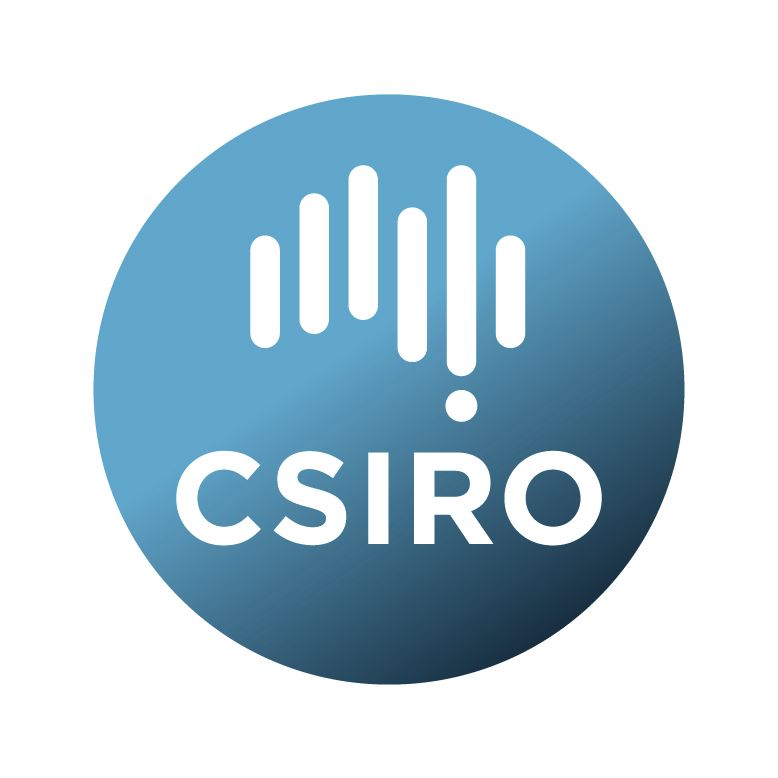Brief description
Digital Elevation Models (DEMs) for the Murray-Darling Basin at 1 arc second, 25 metre and 5 metre resolution. Elevation for the whole MDB sourced from LIDAR where available at June 2021 and backfilled with hydrologically enforced 1 second SRTM. Developed as part of the Murray-Darling Water and Environment Research Program and Murray-Darling Ecosystems Function Project.Lineage:
LIDAR
Lidar data was source from existing CSIRO past project LIDAR holdings as at June 2021. These holdings comprised of datasets of varying projections resolutions (mostly 5m).
LIDAR that was not already at 5m resolution were transformed to 5m. 1m LIDAR was aggregated to 5m (ArcGIS->SpatialAnalyst->Generalization->Aggregate, 5x5cell, MEAN) and 2m LIDAR was resampled to 5m (ArcGIS->DataManagement->RasterProcessing->Resample, bilinear). Once all input layers existed at 5m resolution they were merged (ArcGIS->DataManagement->RasterDataset->Mosiac) into a single target 5m raster in the GA Albers GCS (EPSG 3577).
Overlapping values of input layers were resolved by taking the MINIMUM of the overlapping cell values. Minimum was used to ensure that LIDAR images with actual in-channel elevations (due to being water free at the time flown) or those which had bathymetry enforced, were not overridden by hydro-flatttened in-channel values from an overlapping image. Visual inspection of the result found there to be little edge effect, with any visible “seams” between LIDAR edges deemed to be insignificant given the subsequent aggregation of the data to 25m that would occur for blending with the SRTM. The available LIDAR provided at continuous high resolution coverage along the length of the basin's major rivers save for a gap along the Namoi River between Wee Waa and Narrabri. This was augented with 5m photogrammetry elevation data.
Further details are given in:
Teng J, Penton D, Marvanek S, Mateo C, Khanam F, Ticehurst C and Vaze J (2022) Description and metadata for a composite dataset used for development and validation of a predictive flood inundation and volume model. CSIRO, Australia.
Available: 2022-05-24
Data time period: 2021-06-01 to 2022-05-05
Subjects
CC BY 4 |
DEM |
Digital Elevation Model |
Earth Sciences |
Ecology |
Ecosystem function |
Flood Modelling |
Flows and Connectivity |
Freshwater Ecosystem |
MDB |
Physical Geography and Environmental Geoscience |
Physical Geography and Environmental Geoscience Not Elsewhere Classified |
Water Dependent Ecosystem |
User Contributed Tags
Login to tag this record with meaningful keywords to make it easier to discover
Identifiers
- DOI : 10.25919/5N0M-1682

- Local : 102.100.100/440330


